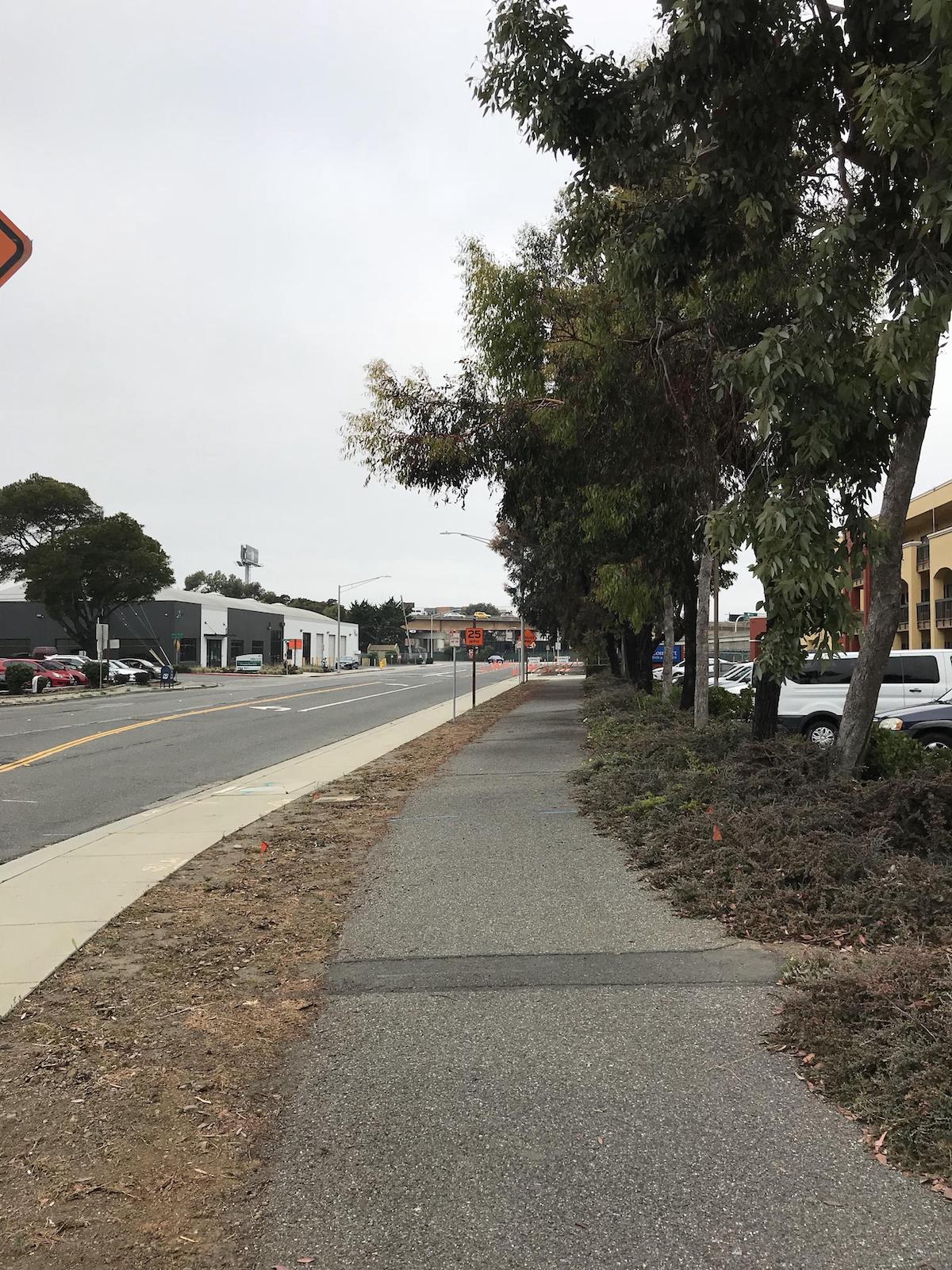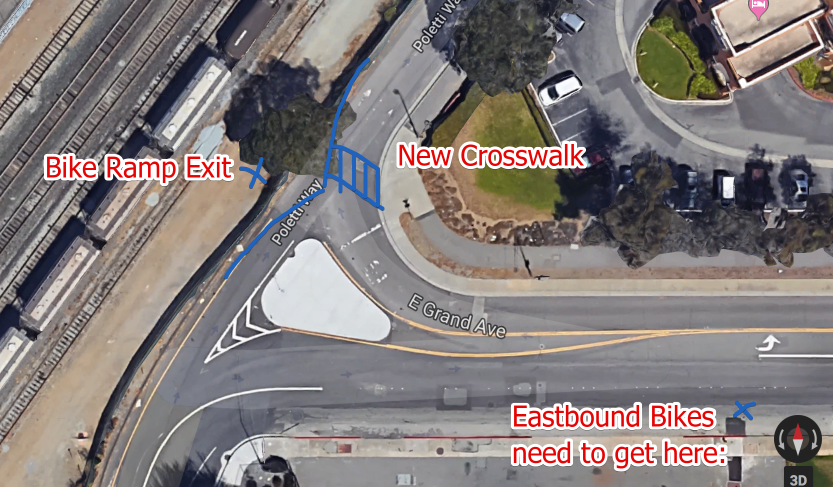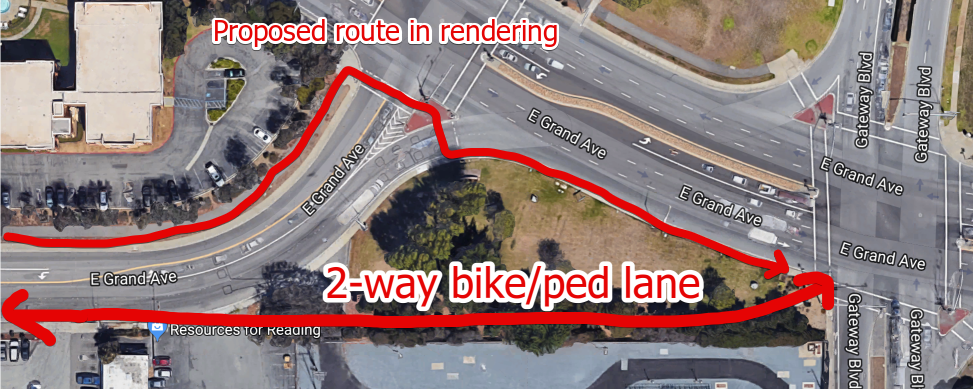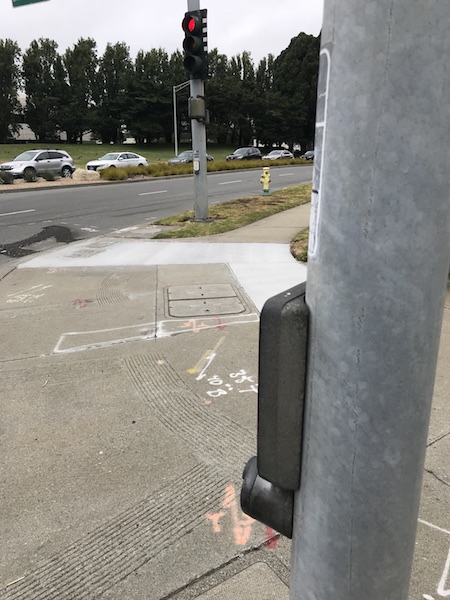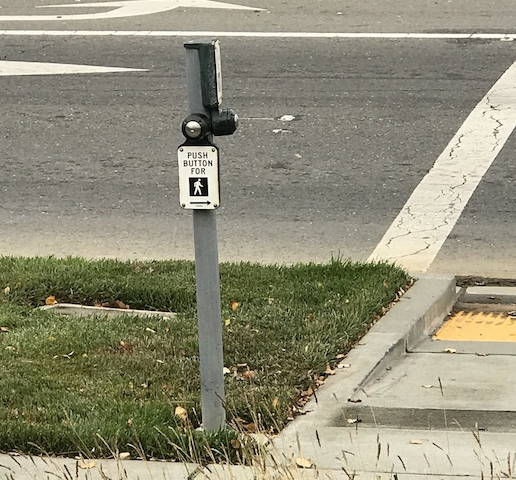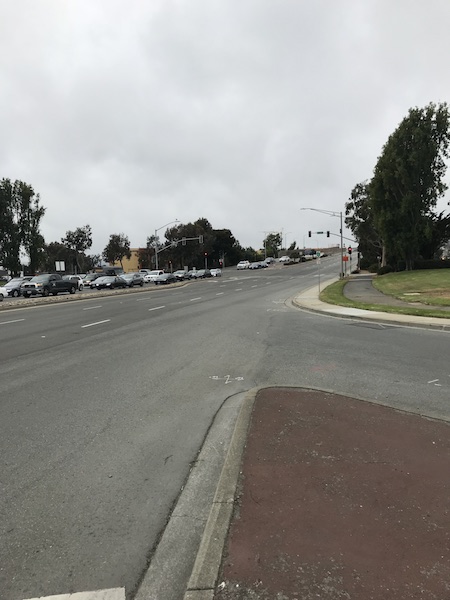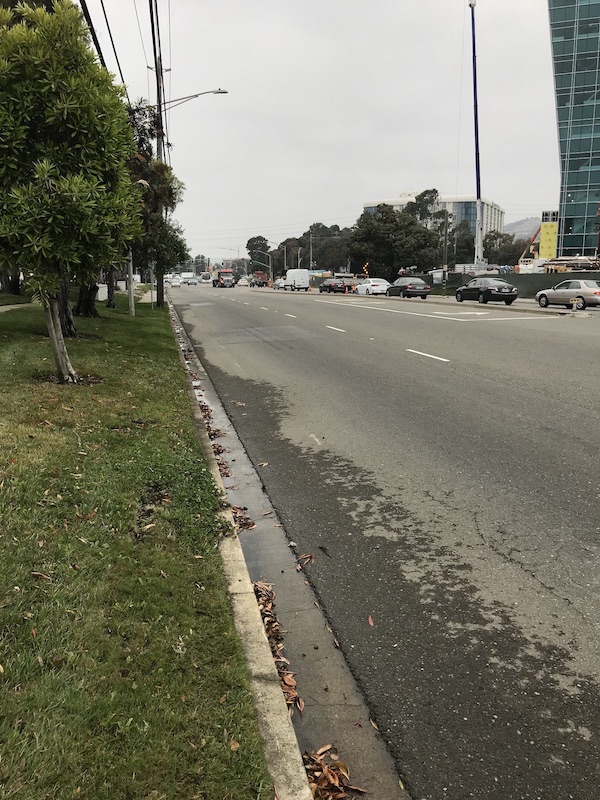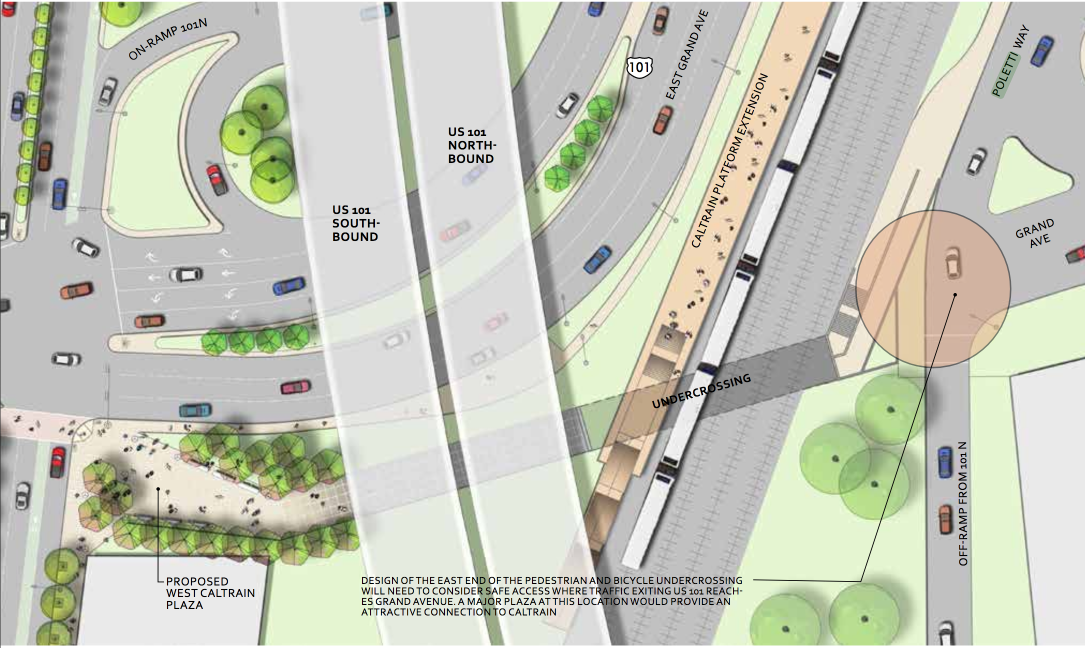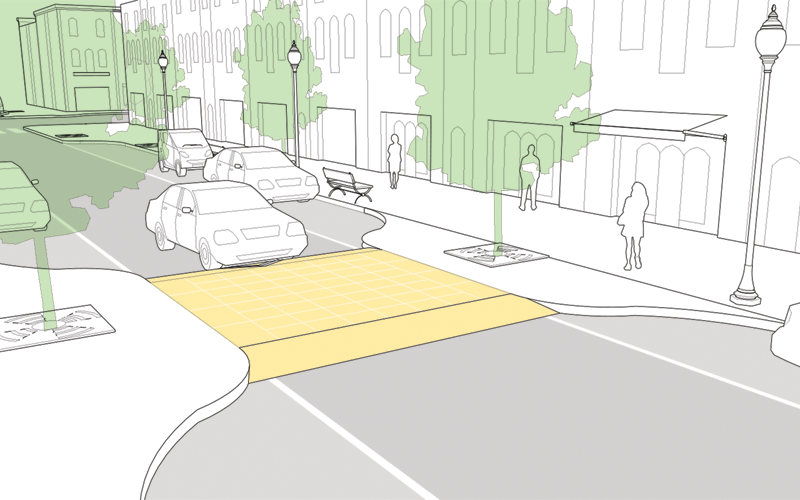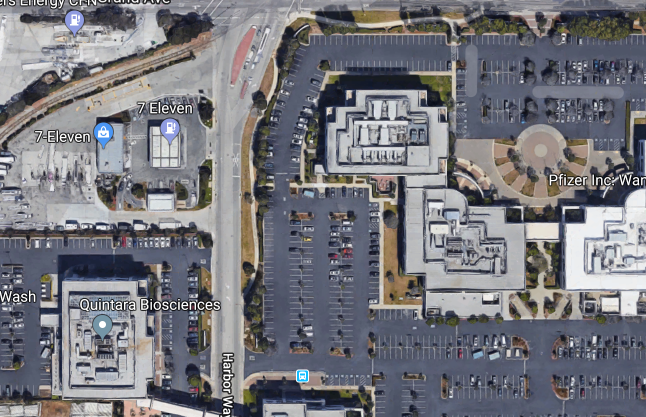
Caltrain is spending $2 billion to electrify the entire railway from SF to Tamien, and buy new train cars. This is expensive and painful - weekend headways are 90 minutes, and the 4th and King/22nd St. stations won't get trains on Saturdays and Sundays for about six months. Why is Caltrain doing this? There are a few reasons.
-
Faster trains. With the diesel trains the only car that can accelerate is the locomotive. With the new cars, every car will be capable of pulling electricity from the overhead line - they are called "electric multiple units" because you have multiple cars that can each accelerate independently. This means the trains can accelerate and decelerate much more quickly a diesel engine can — the riding experience will be similar to riding BART.
-
Faster boarding. The old Caltrain "Gallery" cars, representing most of the fleet, have a floor height of 50 inches, which means passengers and bikes need to ascend/descend multiple stairs to embark/disembark. The new train cars (and the Bombardier cars) have a floor height of 25 inches, which means it's a lot faster for passengers to get on and off the trains. These combine to mean...
-
Shorter trip times. If you can accelerate and decelerate more quickly, and you can get passengers on and off more quickly, you can get from SF to Diridon faster, or you can make more stops in the same amount of time. Further, if you have shorter trip times, you can have...
-
More frequent service. If the trains can get from end to end faster, you can run more trains. Further, since every train is capable of being the "engine", it's less painful to run shorter trains, more frequently during off-peak times. Think "not having to worry about catching the Giants Special, because the trains run every 15 minutes no matter what."
-
Less respiratory disease. Diesel trains burn, well, diesel, in order to operate, which means the air gets pretty dirty. Pollution is a leading cause of respiratory diseases like asthma and bronchitis, not to mention permanently accelerated aging of the lungs, and killing plants along the railway. Burning diesel also contributes to the slow warming of the planet, which causes more fires and flooding.
Electrification means the trains need less energy to run and also that energy burns cleaner, which should lead to cleaner air and healthier communities.
Those are the main reasons to spend $2 billion on electrifying Caltrain. You might be saying, the US is not great at delivering infrastructure projects for a reasonable budget, is $2 billion a reasonable amount to spend? The answer is largely, Yes. The San Mateo County grand jury just investigated the contract award and decided that Caltrain was implementing best practices in both the award of the contract and the oversight.
We are not out of the woods yet. Last year the California Legislature passed a twelve-cent-per-gallon tax on gasoline, which is being used to fund road repairs and transit improvements up and down the state. Caltrain is depending on this revenue to help fund the electrification project. This fall, voters will vote on whether that tax should be repealed, which would hurt Caltrain's ability to fund electrification on time and on budget. Please vote no on Prop 6 this fall.
Liked what you read? I am available for hire.


